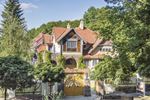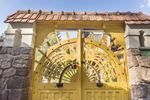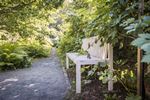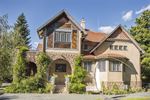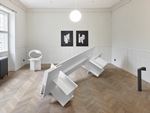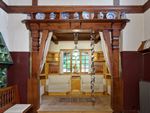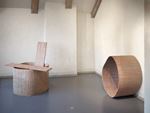Jurkovič House
The Jurkovič House Website - click
here.
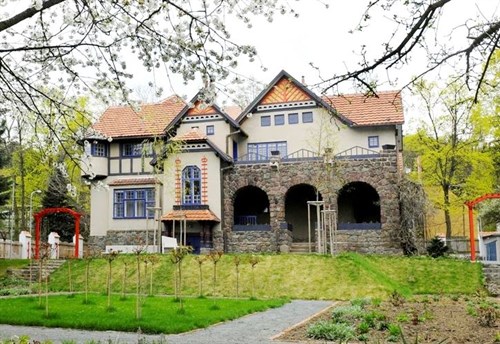
Jana Nečase 2, 616 00 Brno-Žabovřesky
T +420 532 169 501 / +420 773 773
616
jurkovic@moravska-galerie.cz
It is recommended to book
guided tours online. A guided tour of the Jurkovič House can
be booked via the booking form here.
Guided tours of the Jurkovič House take place every hour, in
accordance with opening hours.
Opening hours
January-February Saturday-Sunday 10-12 am and
12.30-6 pm
March Thursday-Sunday 10-12 am and 12.30-6
pm
April-October Tuesday-Sunday 10-12 am and
12.30-6 pm
November Thursday-Sunday 10-12 am and
12.30-6 pm
December Saturday-Sunday 10-12 am and
12.30-6 pm
Current Exhibition: Herrmann & Coufal: Design In You
The Jurkovič Villa is among the many
fine examples of architecture created in Brno around the beginning
of the 20th century. Together with buildings to Jurkovič's designs
in Pustevny, Luhačovice and the Nové Město nad Metují chateau, it
makes up the nucleus of his surviving work in the Czech Republic.
What the Tugendhat Villa did for functionalism in Brno, the
Jurkovič Villa does for art nouveau architecture.
Dušan Samo Jurkovič (1868 - 1947) spent the major part of his
active life in Slovakia. However, he was a leading light of
Czech architecture around the turn of the 19th century, ranking
with Jan Kotěra. At the beginning of the 20th century, Jurkovič
designed several buildings for Brno investors, although his most
remarkable work in the city was his own villa, designed and built
in 1906. It was situated at Jana Nečase 2, on a woodland slope
above the River Svratka, at the edge of what was the village of
Žabovřesky, now a Brno municipality. The construction embodies
much of Jurkovič's architectural knowledge and experience and
expresses his concept of a model villa. The design owes much
to the English Art and Crafts movement, with particular emphasis on
a traditional housing style together with a combination
of free and applied arts. Jurkovič arrived at this original
paraphrase of the English villa largely thanks to his existing
experience with crafts; furthermore, it reflected his training
under Camille Sitte in Vienna, developed by study of the work of
Edgar Wood, C.R. Mackintosh and, in particular, H.M. Baillie-Scott
(his House and Garden essay was published in Czech in 1910 by
Laichter Publishing).
The way in which the villa is set in the landscape is
a virtuoso feat of architecture, something that stamped
Jurkovič's lasting reputation for sympathy with nature and
sensitivity to it. Even today, the location is a popular
destination for outings, with woods, the river and splendid
panoramas. Jurkovič himself obviously enjoyed similar pleasures; he
built a boathouse that he and his friends used on the bank of
the nearby Svratka. The villa was a milestone in the
architect's work, demonstrating a shift in his style. He
started largely to abandon his initial imitations of wooden folk
buildings, of which the only influence remaining is limited to the
basic framework.
In the light of his Luhačovice construction experience, Dušan
Jurkovič opted for a half-timbered frame covered with
insulating cork panels, cemented from the outside and plastered
from the inside. In accord with the frame, he tried to simplify the
building elements to the maximum: the final visual effect is
chiefly provided by white walls, while traditional folk elements
became geometrical reductions. A novel feature was
a stone arcade entrance with a terrace. In terms of
layout, the villa is divided into a reception area near the
entrance and a social section on the ground floor including
the architect's own exhibition hall, a working section on the
first floor, and private premises on both the ground floor and the
first floor. The hall serves as a unifying element. Jurkovič
employed these principles, applied in the villa for the first time,
in his further work, such as the reconstruction of the Nové město
nad Metují chateau and the Zbraslav monastery, as well as in
residential buildings in Brno and elsewhere (the B. Škarda tenement
house and others).¨
